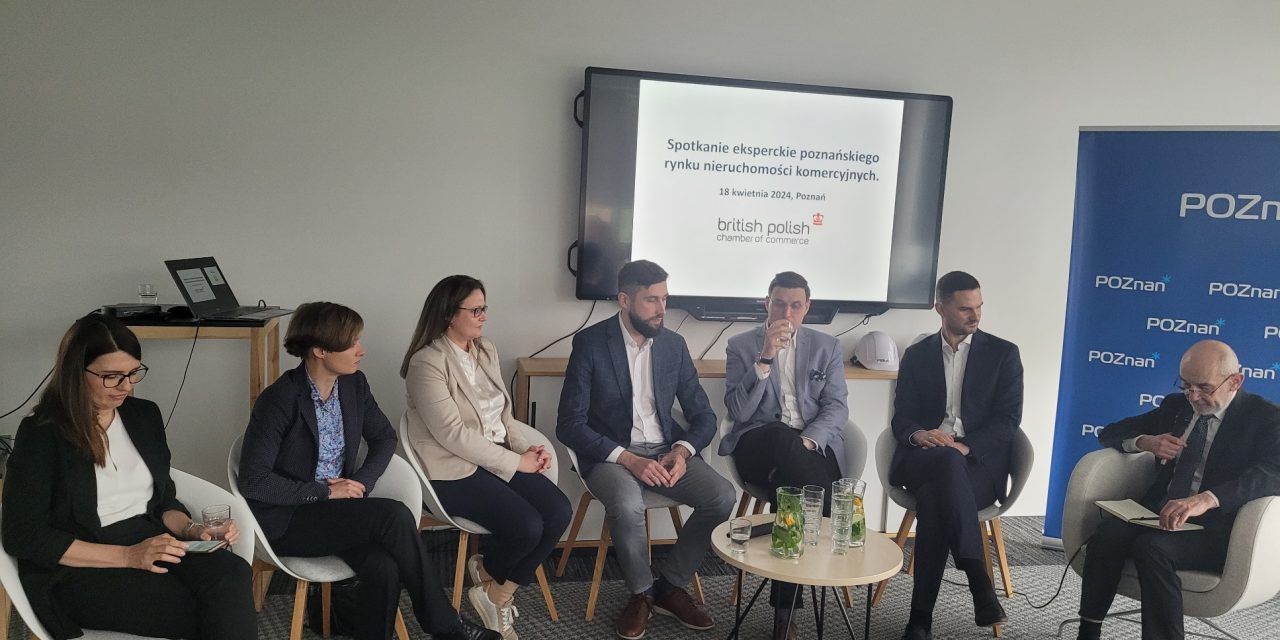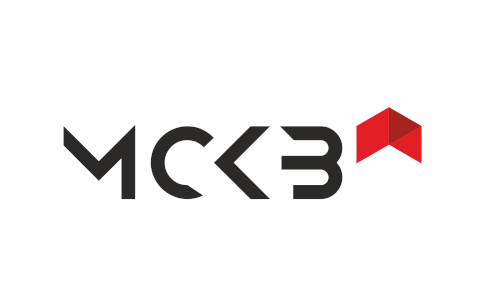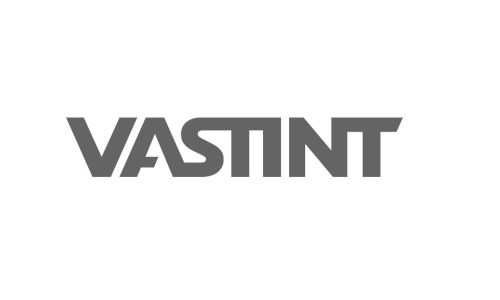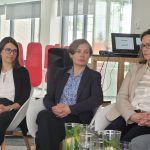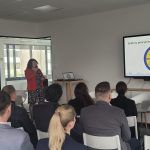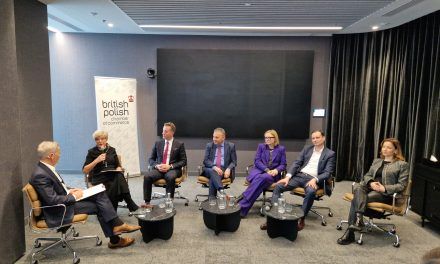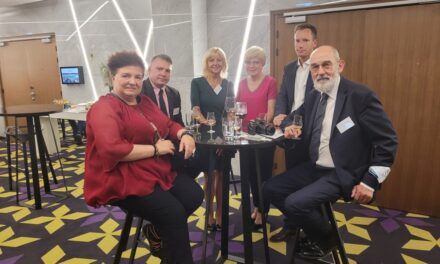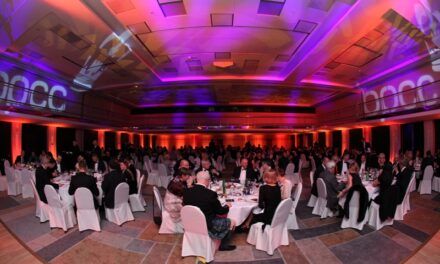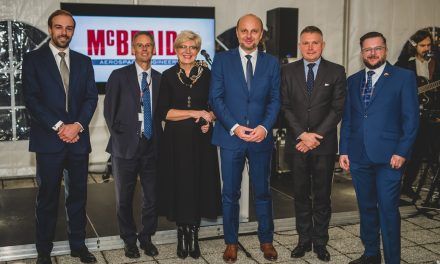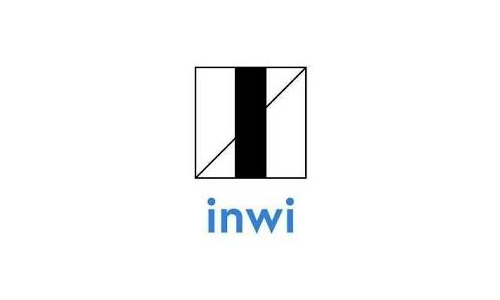The BPCC’s 2024 Poznań Real Estate Expert Meeting was held in the Vastint Business Garden on 18 April 2024, serving as an opportunity to sum up the state of the local market, and to identify trends emerging this year and into 2025.
Speakers looked at supply and demand for commercial, industrial and logistics space in the context of the EU’s green deal, the need to cut greenhouse gas emission, and the move to hybrid work.
After an introduction and welcome from Ilona Chodorowska, the BPCC’s director for western Poland, Agnieszka Susicka from the City of Poznań presented the local authority’s plans for the development of the metropolis, highlighting plots of land that the city will be selling. Ms Susicka spoke of the need to balance the interests of local residents with those of investors.
Mateusz Jakubowicz, associate at Savills, presented the current state of the Poznań office market, which is rebounding after a slow 2023. Low unemployment (1.0%) is balanced by a high number of students (over 100,000) of whom over 26,500 graduate annually.
The BPCC’s chief advisor, Michael Dembinski, gave a futuristic presentation of how mixed reality based on goggles is likely to revolutionise the real estate market, once architects’ data from 3D models made in BIM becomes blended with information needed for facilities management. Tomasz Kiebus, business unit manager at Rhino, offered advice as to optimising energy and water use through data capture and analysis, showing where energy is most typically wasted in warehouse and manufacturing facilities, and how to achieve significant cuts in operating costs.
After a networking coffee break, Michael Dembinski moderated a panel discussion in which Mr Jakubowicz and Mr Kiebus were joined by Magda Albińska, director of the City of Poznań’s real estate department, Vastint’s leasing manager, Magdalena Makuch, Patrycja Bryszewska, project director from MCKB SA, and Panattoni’s senior leasing manager, Przemysław Musiał.
The wide-ranging discussion considered
- Optimising public-private cooperation
- Provision of transport, energy and water infrastructure for investors
- Implementation of building management systems and the future for older buildings
- Green building and demands from banks for BREAM and LEED certification
- Integration of software, digital twins, BIM, PropTech and BMS.
Other interesting observations; choosing locations for manufacturing in rural Wielkopolska rather than Poznań is an answer to the city’s low unemployment. Warehouses, however, need to be were their clients need them; this is especially true in the case of last-mile logistics. Older offices need upgrading to higher standards of energy efficiency before it’s too late. The trend towards longer lease terms means that tenants are ready to invest more in their offices, even as costs of fit-out double. The trend for near-shoring manufacturing supply chains closer to home markets is visible in the industrial sector. Another trend is to invest in ‘greening’ estates by planting trees, bushes and meadows. Companies with their headquarters in Scandinavia expect the highest standards of all.
Poznań’s office market is seeing a trend visible in other Polish cities; tenants move out of big spaces in edge-of-town location, preferring smaller spaces in more prestigious buildings in the city centres.
The panel was followed by one-to-one discussions among participants. The BPCC would like to thank Vastint Business Garden Poznań for hosting the event.






